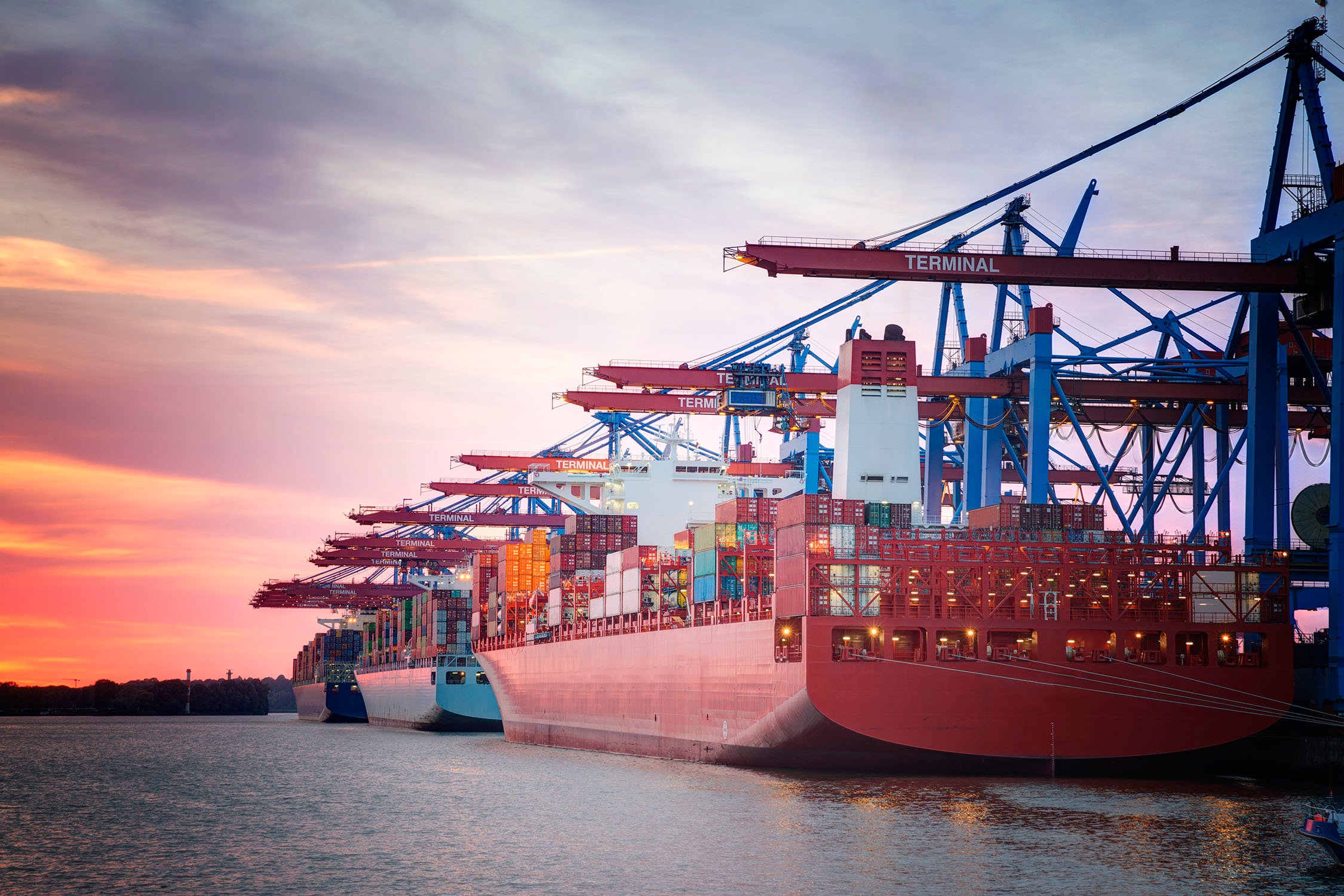On May 17, 2019, President Trump signed a Proclamation Adjusting Imports of Automobiles and Automobile Parts Into the United States under Section 232 the Trade Expansion Act of 1962, as amended (19 U.S.C. 1862). The Proclamation states that the Secretary of Commerce’s (the Secretary) Section 232 report on his investigation into the effects of imports of passenger vehicles (sedans, sport utility vehicles, crossover utility vehicles, minivans, and cargo vans) and light trucks (collectively “automobiles”) and certain…
